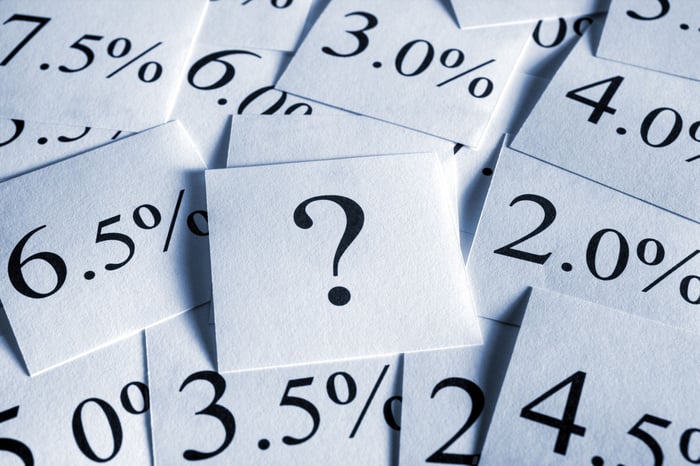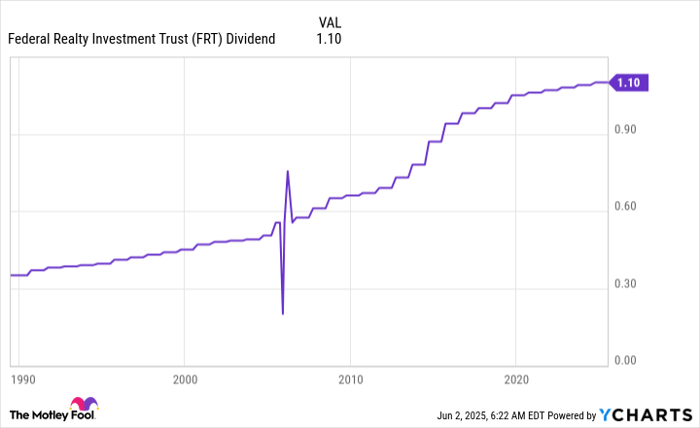Better EV Stock: Lucid vs. Tesla
Key Points
Tesla helped to create the EV market, upending business as usual for the auto sector.
Lucid is attempting to follow Tesla's lead, using EVs as a wedge to break into the auto industry.
Lucid has a long way to go before it is anywhere near the company Tesla is today.
Tesla (NASDAQ: TSLA) and its high-profile CEO Elon Musk can be polarizing. However, the automaker has achieved things that seemed impossible. It not only broke into the highly mature auto industry, it also helped to create the electric vehicle (EV) market. Could buying EV upstart Lucid (NASDAQ: LCID) set investors up for a similar success story?
Tesla: There are good things and bad here
Tesla was once a tiny upstart, attempting to build a business around a technology that was well understood but that hadn't gained any traction with consumers. To make matters worse, to achieve success, it had to compete against mature and well-entrenched auto industry giants.
Where to invest $1,000 right now? Our analyst team just revealed what they believe are the 10 best stocks to buy right now. Continue »

Image source: Tesla.
To the company's credit, it pulled it off and, along the way, basically created the electric vehicle market. Now every major automaker is offering EVs and there are numerous upstarts in the U.S. and abroad trying to ride on Musk's and Tesla's coattails. The end goal for all is to build a sustainably profitable EV business, which is where Tesla sits today.
That said, Tesla has exposure to other businesses. Selling cars is the big story, but the business also has a battery storage division, and it's working on autonomous driving technology and robots. There's a lot going on "under the hood." That's part of why Tesla's valuation seems stretched, with a price-to-earnings ratio of 182x. Investors are pricing a lot of good news into the stock. Investors who care about valuation probably won't be interested.
Lucid is trying to break into the auto industry, too
If you missed out on the huge price gains that investors in Tesla have achieved, there are other EV makers that are in an earlier stage of development. One is Lucid, which only sold around 3,100 cars in the first quarter of 2025. That's a rounding error for Tesla and the major automakers. However, that number was up around 50% year over year. Essentially, Lucid is making progress as it looks to grow.
Moreover, Lucid's high-end cars have been well received, earning industry accolades. So this isn't a fly-by-night business that's clinging to life, even though the stock has fallen more than 90% from its highs. At those highs, Wall Street was clearly overly enamored with EV upstarts. Now investors could be overly pessimistic, ignoring the incremental successes that Lucid is steadily achieving.
That said, not all investors have turned away from Lucid. In Q1, it was able to extend the maturity on a convertible note from 2026 to 2030. That's a big statement of confidence, and it gives the upstart EV maker more leeway to keep expanding and improving its business. It improved its gross margin in Q1 as it increased its volumes. To be fair, it is just losing less on every car that it sells than it did a year ago. But that's the path that a new manufacturing business has to go down, given the large up-front costs involved in starting from scratch.
Both stocks are high-risk, but Lucid's future is better defined
Lucid is still losing money and will likely continue to do so for years to come. So valuation metrics aren't meaningful for the upstart. However, the road it needs to traverse has been laid down by Tesla, so it is pretty clear what steps Lucid needs to take from here. There are very big risks involved, and risk-averse investors shouldn't buy it. But if you're looking at Tesla, you might want to consider Lucid instead.
Tesla makes great cars, but the business is clearly more mature than Lucid's. The other businesses hidden within Tesla present an opportunity, but they could flame out, too. So the huge valuation being afforded Tesla may not be worth the risk. Add in the CEO's volatile public image, and uncertainty increases materially.
Overall, if you were thinking about taking a risk on Tesla, it might be better to take a risk on Lucid. It has, for the most part, successfully achieved the key goals it has laid out as it looks to become the next Tesla.
Don’t miss this second chance at a potentially lucrative opportunity
Ever feel like you missed the boat in buying the most successful stocks? Then you’ll want to hear this.
On rare occasions, our expert team of analysts issues a “Double Down” stock recommendation for companies that they think are about to pop. If you’re worried you’ve already missed your chance to invest, now is the best time to buy before it’s too late. And the numbers speak for themselves:
- Nvidia: if you invested $1,000 when we doubled down in 2009, you’d have $414,949!*
- Apple: if you invested $1,000 when we doubled down in 2008, you’d have $39,868!*
- Netflix: if you invested $1,000 when we doubled down in 2004, you’d have $687,764!*
Right now, we’re issuing “Double Down” alerts for three incredible companies, available when you join Stock Advisor, and there may not be another chance like this anytime soon.
*Stock Advisor returns as of July 7, 2025
Reuben Gregg Brewer has no position in any of the stocks mentioned. The Motley Fool has positions in and recommends Tesla. The Motley Fool has a disclosure policy.




































